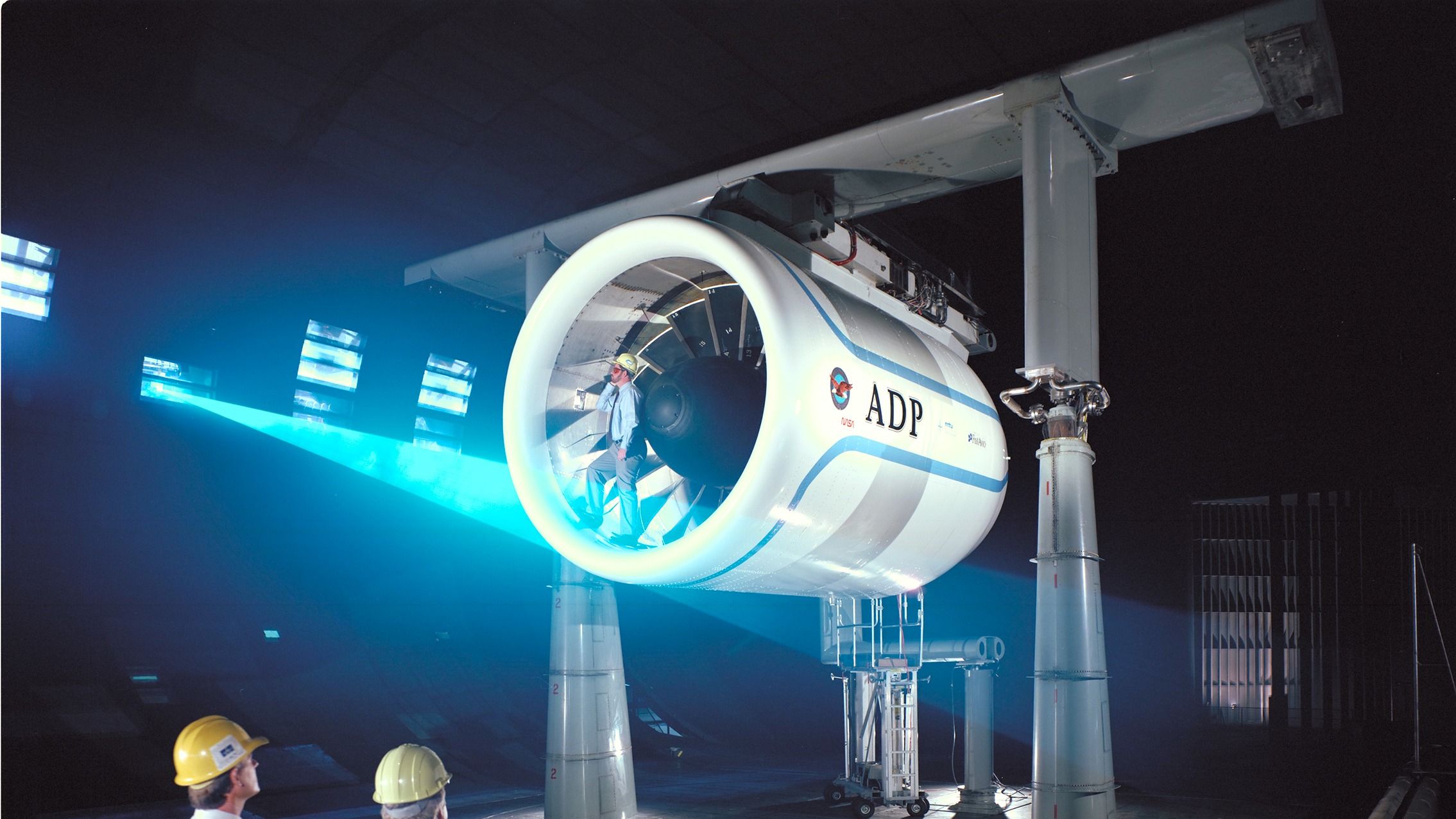Summary
- Jet engines undergo comprehensive testing at different stages of development.
- Testing is crucial for measuring engine noise, with special test cells used to prevent echoes and accurately measure noise levels.
- Crosswind simulations assess an engine’s ability to withstand strong gusts and prevent damage.
Testing is an essential part of aircraft engine development. Jet engines are put through a comprehensive testing program right after they are built. Functional testing of a completed engine occurs in three stages: static tests (while the engine is not running), stationary operating tests, and flight tests. All engine systems, including hydraulic, electrical, and cooling, are checked during these tests.
Stationary operating tests are conducted with the engine mounted on a stand and running at operating speeds. These tests are generally performed in large wind tunnels located within or around engine manufacturing facilities. During this time, the engine is also tested for noise - a significant parameter for engine performance.
Today’s aircraft (and engines) are quieter than ever before. The aviation industry has been working towards environmental goals that aim to reduce noise by over 50% by 2050. Apart from these concerns, quieter engines are also better for passengers in the cabin and residents who live in close proximity to airports. With very tough regulations around aircraft noise, the manufacturers precisely measure engine noise during testing.
The use of sensitive equipment to measure engine noise
Rather than suspending the engine in a spherical chamber, anechoic design test cells are used. An anechoic test cell stops reflections or echoes of either sound or electromagnetic waves. These are also often isolated from energy entering from their surroundings.
This means that the detectors exclusively hear direct sounds without echoes. A jet engine tested in such an environment simulates an actual operating condition outside in a free field. The test cell features a variety of powerful ventilation and cooling systems.
Compatible acoustic doors, acoustic windows, wedges, and other devices are installed. The test cell also includes appropriate dynamometers and sensitive microphones around the engine to measure noise. These microphones detect changes in engine noise down to fractions of decibels from low to maximum power. Acoustics are also elaborately controlled to extract accurate, relevant data about engine performance and vibrations at different speeds.
The anechoic chambers used for jet engine testing are substantial in size and scale to be sophisticated enough for precise measurements. Data obtained from the instruments is analyzed against the allowable limits for noise. Manufacturers not only maintain the maximum noise limit on engines but also go further beyond to increase engine performance. Lesser noise also results in a lower environmental footprint, the combination being a great selling point for customers.
Interested in similar technical content? Check out our complete guides section here.
Crosswinds can blow across the aircraft’s direction of travel, making it difficult to take off and land. Extreme crosswinds can also cause fan blades to vibrate and damage. The engine test site on the John C. Stennis Space Center in Mississippi blasts simulated crosswinds across engines.
This crosswind simulation measures the engine’s ability to withstand the strongest of gusts. According to Rolls-Royce,
"The engine intake is fitted with what looks like a giant golf ball to ensure that ground air turbulence doesn’t affect the engine noise."
An engine noise test cell is capable of much more than measuring gross frequency spectrums and decibels. They can also measure vibrations and deflections across multiple axes, thereby simulating operational conditions.
What are your thoughts on jet engine testing? Tell us in the comments section.


